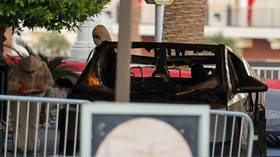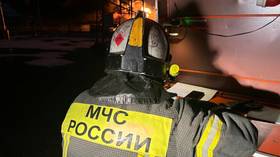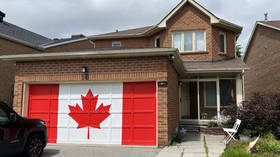Mind-blowing view from best spot: Northern lights captured by International Space Station (VIDEO)

Where would be the best place to observe the northern lights if not from the International Space Station? Watch the ethereal display of colored lights shimmering across the Earth’s night skies, captured from the Cupola observatory module.
The stunning time-lapse footage of the aurora lights is the product of the Cupola – an observatory module with seven illuminators that open up a 360-degree view – which has allowed for the recording of incredible footage from between September 7 and 12.
While some Inuit (indigenous northern peoples) believed that the spirits of their forefathers are dancing in the flickering aurora, there is a logical explanation for the northern lights ... and it isn’t a fire bridge to the sky built by the gods, either, as Norse mythology suggests. It is a natural light display in the sky, usually in high latitude regions – although there is a southern equivalent, known as aurora australis.
The lights originate from disturbances in the Earth’s magnetosphere by solar wind, during which particles ionize in the upper atmosphere and emit lights of varying color and complexity.
Out of this world: From total solar eclipse to stunning auroras,15 best final frontier photos http://t.co/o1ew5yRjzKpic.twitter.com/3otvU5BiED
— RT (@RT_com) September 19, 2015Often the display as observed in the nations bordering the Arctic Ocean, appearing as a curtain of lights. However, sometime the night canvas is seen to be full of arcs or spirals, often following lines of force in the Earth’s magnetic field. Most are green in color with traces of pink, red, violet and white.
As for the Cupola module that captured the footage – it was built by the European Space Agency and became operational onboard the ISS in 2010. It has seven windows including one 80cm-wide (31 in) – the largest ever used in space. The Cupola provides the ISS crew with the visibility to support the control of the space station and external viewing of Earth.












